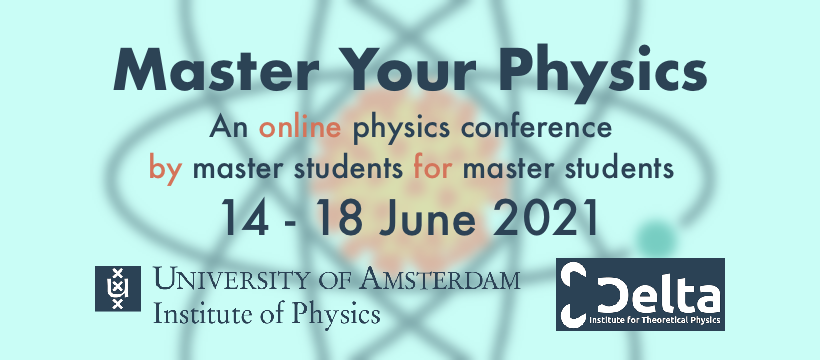Description
The description of wear resulting from frictional contact is largely empirical as the length scales at which the underlying physical and chemical phenomena occur are too diverse for one model to be applied. Plastic deformation, fracture and “atom-by-atom” removal constitute the main wear mechanisms that have been observed in sub-microscale wear experiments. Recent experiments established –based on a stress augmented thermal reaction model– that for single asperity Si-on-diamond interfaces atom-by-atom wear (i.e. the atom removal rate) increases exponentially with the local contact stress. The aim of this project is to study the link between the local contact pressure exerted at a multi-asperity interface and the wear that occurs at such an interface when it is subjected to non-repeated sliding. Here, we manipulate and quantify the contact pressures at multi-asperity interfaces, and use an AFM-based wear volume measurement technique to quantify wear volumes at the asperity level for multi-asperity contacts. The contact pressure and wear analysis are coupled to non-repeated friction experiments in order to link contact pressure and wear.

